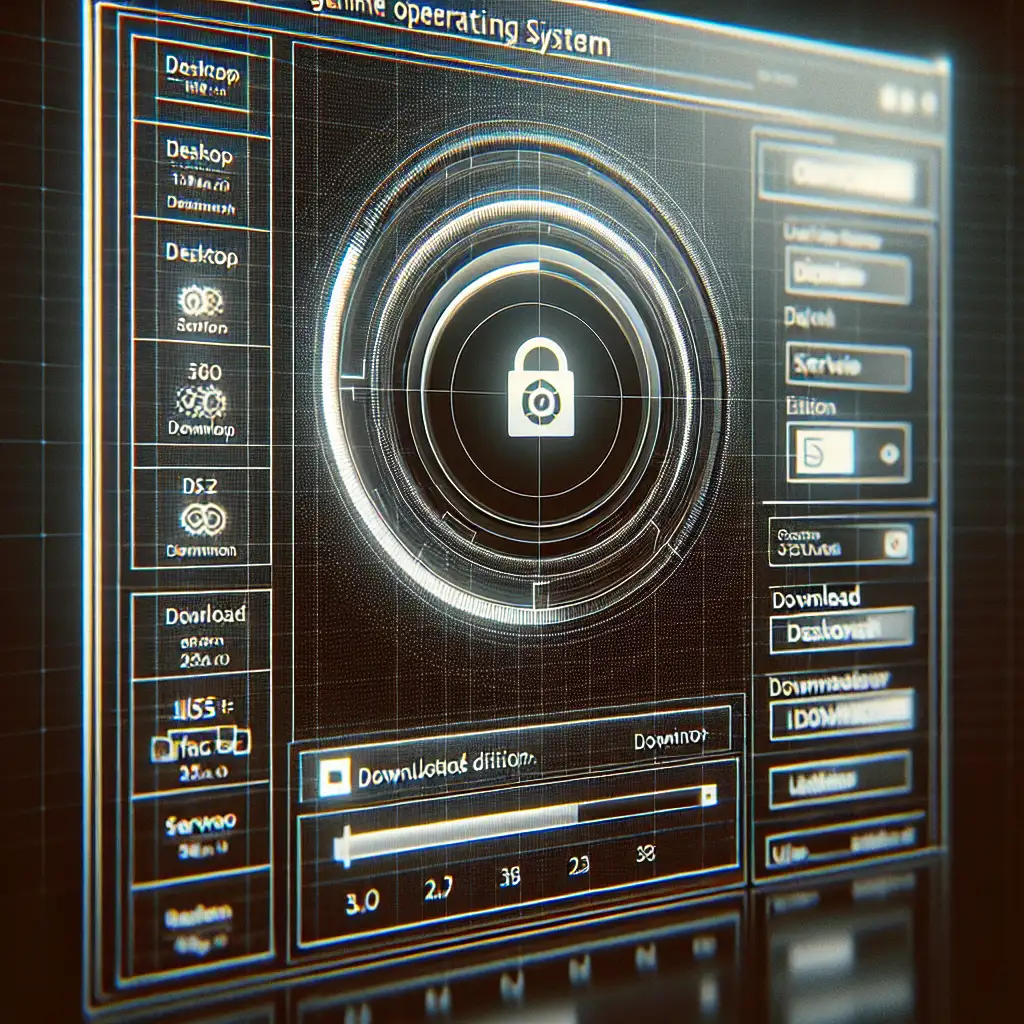How to Download Ubuntu: Efficient, Reliable, Secure
Missteps during OS setup usually trace back to the wrong ISO, a corrupted download, or pulling images from unreliable mirrors. If you're managing deployments—bare metal or virtual—or dealing with compliance, you can't afford uncertainty at this stage. Here’s how to acquire precisely the Ubuntu ISO you need, validated before every install, with minimal friction and zero ambiguity.
Direct Download: Not Optional for the Serious Installer
Mirror rot, throttled third-party links, or bundled adware: these are common pain points. Downloading directly from Ubuntu's official repositories sidesteps false positives, integrity issues, and post-installation troubleshooting.
Glance at the general landscape:
| Ubuntu Image Type | Use Case | Typical Path |
|---|---|---|
| Desktop (GNOME) | User-facing, productivity | /download/desktop |
| Server (no GUI) | Headless/remote workloads | /download/server |
| Minimal/netboot (mini.iso) | Container hosts, CI/CD | /ubuntu/dists/<release>/main/installer-amd64/ |
Note: Community spins (Xubuntu, Kubuntu, etc.) follow identical verification principles but are linked separately at the end.
Step 1: Know Your Release Schedule
LTS (Long Term Support): e.g., Ubuntu 22.04 LTS, Ubuntu 24.04 LTS
Interim releases (e.g., 23.10): expire in less than a year and require in-place upgrades. For fleet deployments or compliance-bound workloads, stick with LTS. For hardware enablement (e.g., WiFi cards on new laptops), sometimes a newer interim is your only shot.
When in doubt:
lsb_release -a # Check your running version
Step 2: Confirm Architecture & Flavor
Most installations target amd64 (x86_64). ARM (arm64) comes up on Raspberry Pi clusters or cloud ARM instances (AWS Graviton, Ampere). Downloading the wrong ISO leads to errors like:
This kernel requires an x86-64 CPU, but only detected an i686 CPU.
Desktop vs. server ISO—don’t expect to add a GUI later without significant cleanup and dependency headache. Avoid “Server-to-Desktop conversion” unless you have a use case (and plan for extra disk space). Minimal/netboot ISOs do not include most drivers by default—best for PXE environments or custom builds.
Step 3: Bypass the Landing Page
Direct links are less prone to interruptions. Start here:
- Official Ubuntu downloads
- Direct release listings (replace 24.04 as needed)
For a concrete example:
wget http://releases.ubuntu.com/24.04/ubuntu-24.04-desktop-amd64.iso
or for automated scripts:
curl -LO http://releases.ubuntu.com/24.04/ubuntu-24.04-server-amd64.iso
Gotcha: Using browser “Download” sometimes drops the connection or triggers unnecessary geo-mirrors. CLI fetch is reproducible and debuggable.
Step 4: File Integrity Is Non-Negotiable
Corrupt ISOs manifest as “Attempting to mount a CD-ROM” install errors, random hangs, or (worst) security risks. Always pull and check the accompanying SHA256SUMS and signature:
wget http://releases.ubuntu.com/24.04/SHA256SUMS
wget http://releases.ubuntu.com/24.04/SHA256SUMS.gpg
sha256sum ubuntu-24.04-desktop-amd64.iso
Cross-compare the output hash with the line in SHA256SUMS. Mismatch? Delete and re-download.
Want cryptographic certainty? Validate via GPG—but this often fails due to missing keyring imports for new users.
Side note: Checksums aren’t foolproof if you got both files from a compromised mirror. Stick to official links, especially on new networks.
Step 5: Image Prep—Don’t Overthink the USB Burner
Details matter: not all ISO burners handle hybrid images identically.
- Rufus (Windows) reliably detects boot modes (UEFI/MBR).
- balenaEtcher offers cross-platform consistency; rarely fails but sometimes misdetects drive size on unusual USB controllers.
dd if=ubuntu-24.04-desktop-amd64.iso of=/dev/sdX bs=4M status=progress conv=fsync(Linux/macOS).
Replace/dev/sdXwith your removable storage device. Warning: wrong device wipes data irrecoverably. Test withlsblkfirst.
# Known issue: SanDisk Extreme Go 64GB sometimes refuses to boot BIOS systems—use a different flash drive if POST fails.
Step 6: Minimal ISOs and Other Tricks
- Need zero GUI? Go for the mini.iso. Netboot installs require a stable connection and working DHCP/DNS during install.
- Under severe bandwidth constraints, grab images from a workstation once, serve them locally via HTTP or NFS. Saves pain on each subsequent install in controlled environments.
Practical Example: Legacy Hardware Deploy
Installing Ubuntu 22.04 LTS on a Dell OptiPlex 7010 (2013 model).
- BIOS won’t support UEFI, Secure Boot is out.
- Workaround: Use the Server edition, legacy boot mode, prepare USB with
dd, ensure no EFI partition is created at install.
If you see:
No bootable device found
Go back, remake USB with Master Boot Record (MBR) option, or pre-format drive with fdisk.
Non-Obvious Tip
Official torrents (releases.ubuntu.com/torrents) often outperform HTTP during major release days. They’re fully supported and offer hash-checking in the client.
Flavors? Here’s Where to Start
Each maintains independent direct links and checksums.
Summary:
Skip ambiguous “Download” buttons, verify with SHA256 every time, and use direct links for consistent, reproducible Ubuntu installations. Flaky networks and third-party hosts cost more time than they save.
This isn’t 100% foolproof—network interruptions and hardware-specific quirks do exist—but you’ll avoid 99% of the common pitfalls by following the above.
For questions on automating multi-ISO downloads or building custom images, see the Ubuntu Installer Guide for advanced workflows.
